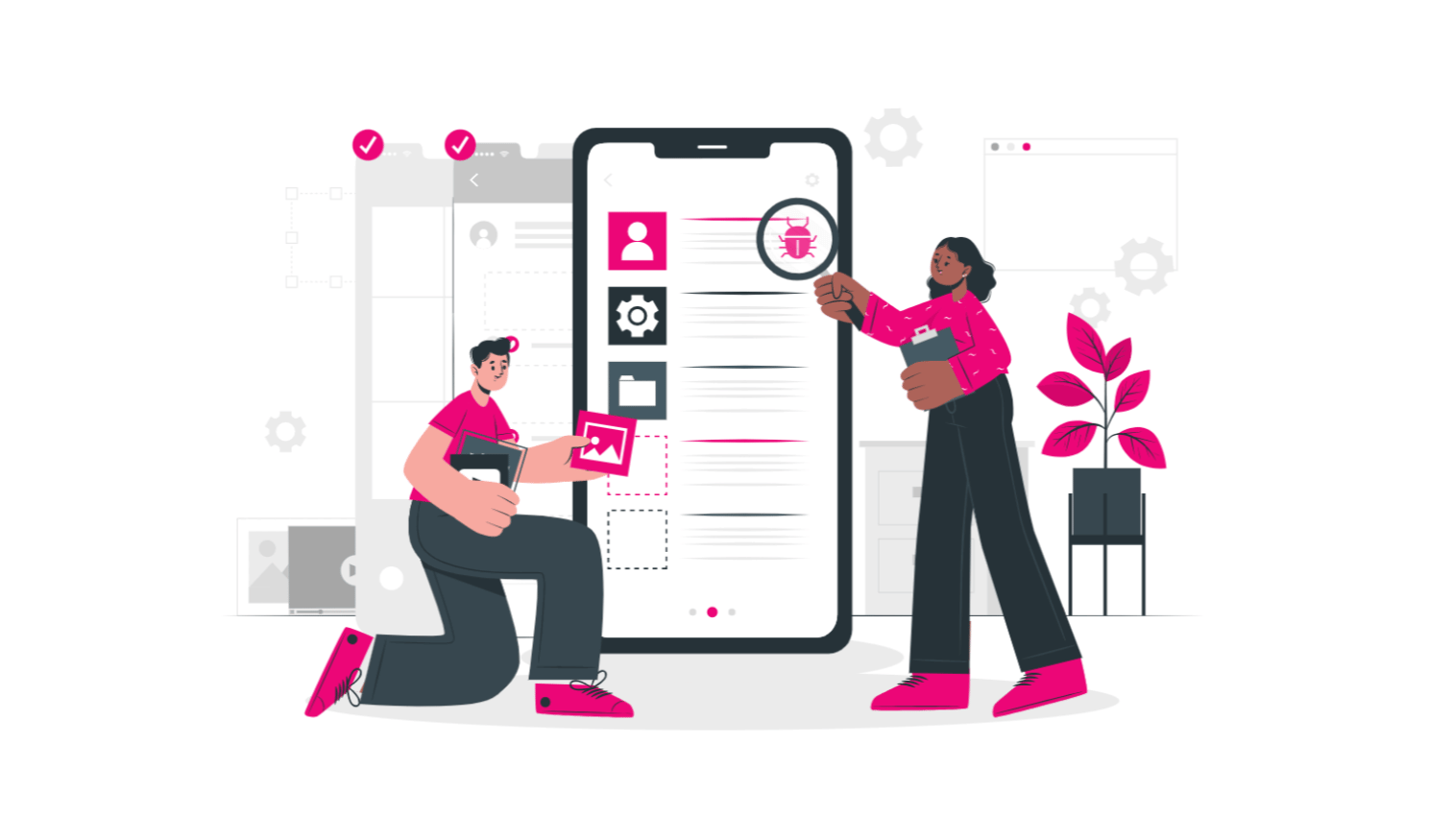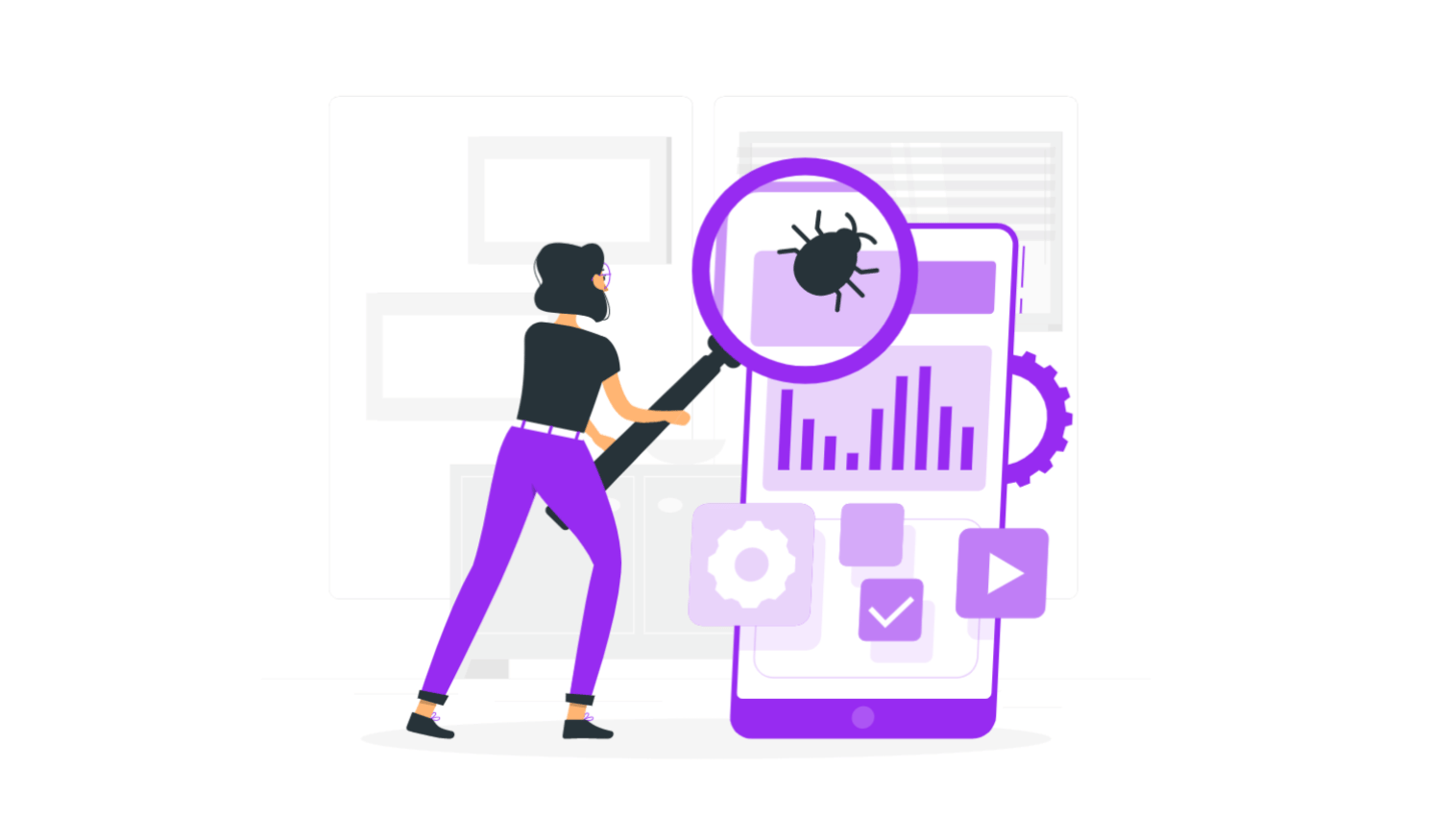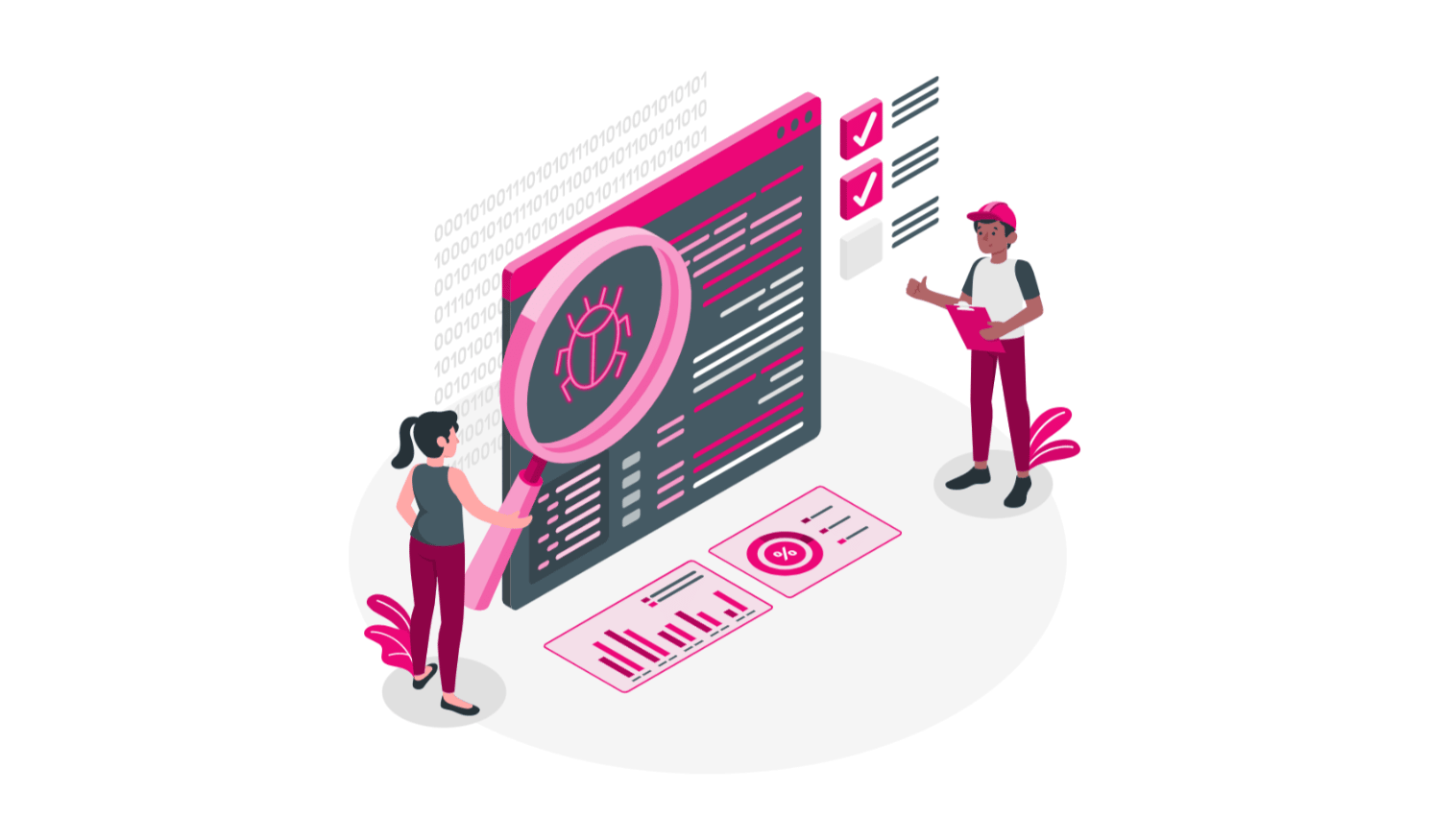Typically, testers utilize automation testing to enhance manual testing’s quality, accelerate the execution of functional tests, and minimize human error during verifications. It integrates the automation into the entire quality assurance process, therefore we must apply the same steps to automated testing as we do to manual testing.
When deciding what should be automated and what should be done manually, there are, however, a few criteria to keep in mind. This blog discusses 10 tips for the automation testing process and points out the link between manual and automated testing.
1. Avoid Repetition of Tested App Functionality in Script
A test application performs calculations and returns a result. How do you verify that the outcome is accurate? The first option is to perform the same calculation in the test script and compare the result to what the application returns! However, this strategy is inaccurate for the following reasons:
- Calculations may be difficult. The programmers have already invested time, and you will now do the same.
- Calculation formulas may change in the future. In this instance, there will be an error in the report, even though the application is functioning normally. You will need to make adjustments, which will need more time.
- When working with floating-point numbers, the accuracy of computations may vary depending on the language used for testing and the language in which the application being tested is written. Consequently, you will need to artificially adjust your calculations so that they correspond with the application's output.
In such circumstances, the correct approach is to manually calculate the correct value and save it in the script as planned. If a single calculation is sufficient, the result should be written immediately into the script. If several calculations are necessary, utilize arrays or the DDT method.
It is optimal if competent individuals provide you with the source data and accurate results for them (for example, product specialists). You are responsible for coding the test, but determining the expected result is typically not your responsibility.
Now, if your test has failed, either the application is not working effectively or the requirements have changed, necessitating an update to the test data.
In any case, you may rest comfortably that the failure is unrelated to the test code!
If it is impossible to discard such computations entirely for some reason, attempt to simplify and decrease them as much as feasible in tests. In addition, be careful to include comments in the script or error message that explain what was calculated and why. In the future, you or someone else may need to analyze potential errors.

2. Independent Test
When automating, the tester’s fresher frequently commits an error when one test uses data supplied by another test. An illustration of this is the CRUD feature, in which one test creates a record, another update it, and a third deletes it.
The only advantage of this strategy is that it saves time; yet, multiple negatives emerge simultaneously:
- If the test that creates the record fails, the remaining tests will likewise fail.
- There are multiple errors in the report, while the capability of editing and deleting is correct.
- It is not always possible to ensure that the tests will run in a particular order when they are initiated automatically.
- If you want to save some time and avoid having to create more entries in the application, you can accomplish it in a different way. For example, generate them using a SQL query to the database, the application's API, or the database that already contains the relevant information. In this situation, to ensure the independence of the tests, you can run them in a random order if your automation tool supports this functionality.
3. Determine which tasks should not be automated.
There are jobs that must be automated in every project, while others should be left for manual testing solely. Such duties will be unique to each project, but you can identify certain common areas that should not be automated.
- Do not automate something that requires extensive maintenance. Even if you have already created a test, if it requires constant maintenance and restarting, you should consider eliminating or simplifying it as much as feasible.
- Do not automate someone else's application. For example, if you need to deal with Google Mail, avoid writing code that is too sophisticated to operate with its interface (of course, this does not apply to Google employees).
- Automation of the interface (its correctness and usability) is theoretically possible, but too time-consuming and typically insufficient.
- Typically, interaction with peripheral equipment (printers, scanners, etc.) that require human intervention is either cumbersome or entails an excessive amount of additional manual labor.
- Additionally, manual verification testing of the accuracy of various images, graphics, and video is simpler.
- Automating obfuscated apps and individual components is impossible, as the names of their attributes vary with each compilation.

4. Verify particular bugs
In the majority of instances, tests are written to evaluate basic functionality and do not verify individual circumstances, such as a defect with specific data. However, it is not uncommon for a previously fixed bug to reappear after some time; the reasons for its reappearance can be entirely different, but the consequence is the same. In such circumstances, it makes sense to build a separate test to check this single bug or several bugs.
Due to the fact that they do not fit into manual test scripts, these defects can only be discovered by coincidence. Frequently, such problems occur in actively developing projects where multiple programmers are modifying the same functionality, hence interfering with one another's modifications. If you write such a test, you must provide the number of the existing bug in the bug tracker in the report so that you may view its history of discoveries and corrections. When writing an automated test and discovering a mistake in the program under test, you can respond similarly. You report a bug and indicate its number in the comment section of the new test's verification. After a bug of this type has been resolved, the error simply disappears from the report.
5. Ask Developers If Needed
For testing to be simplified, the tests we write must be composed of simplified code. Obviously, you can create a complicated framework, but in the majority of circumstances, this is unnecessary. The same holds true for other topics that programmers encounter frequently, such as regular expressions, interacting with databases, and using internal application functions. In the few instances when you need to design more complex testing solutions, then, programmers are typically more knowledgeable and may provide valuable guidance.
If you are confronted with a difficult situation that you do not know how to solve, seek the counsel of developers. Obviously, it is not worthwhile to seek assistance for every little thing; it is frequently far more beneficial to understand on your own, thereby gaining experience.
However, keep in mind that the perspective of the application's developer is different from yours, and not all suggestions are equally useful. The programmer views the application from within and understands how it operates. From the outside, you can see how it should function.\

Final thoughts
If you are looking for a trusted IT partner, VNEXT Global is the ideal choice. With 14+ years of experience, we surely can help you to optimize your business digitalization within a small budget and short time. Currently, we have 400+ IT consultants and developers in Mobile App, Web App, System Development, Blockchain Development and Testing Services. We have provided solutions to 600+ projects in several industries for clients worldwide. We are willing to become a companion on your way to success. Please tell us when is convenient for you to have an online meeting to discuss this further. Have a nice day!












